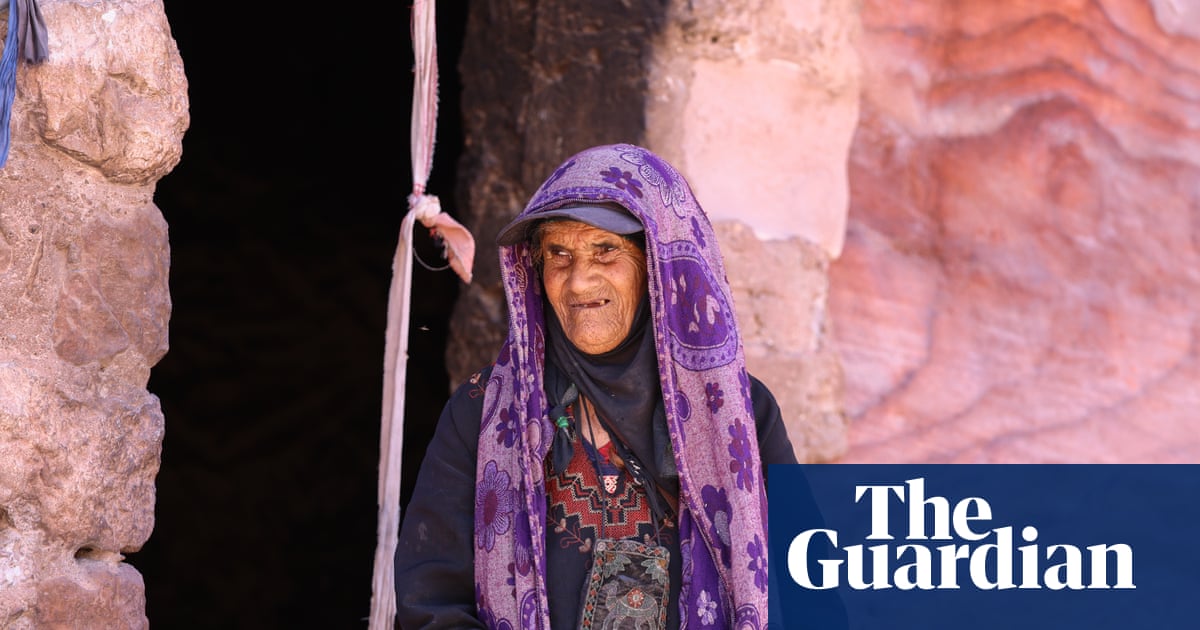I cannot imagine living 85 years in the same home, only to be told by the government that it’s illegal because it’s inconvenient for tourism.
By noon, the sun is high over Petra, bleaching the coloured sandstone cliffs and temporarily emptying its celebrated ruins of tourists. Vines and a canopy keep the terrace of Mohammed Feras’s cave home cool despite the searing summer heat rising from the rocky valley.
“I have lived here all my life. I’ve never been anywhere else and I cannot imagine not living here. This area is part of who I am and I cannot leave it,” the 44-year-old farmer and sometime tourist guide said.
Within months, Feras and dozens of other Bedouin from the Bdoul community are likely to have left the caves they call home. There is little place for them in Petra as it is transformed by a major development programme that aims to build new facilities, regulate an anarchic tourist trade and provide a better experience for the hundreds of thousands of visitors drawn to the ancient site.
Feras’s home, which he shares with his wife and nine children, comprises four connected 2,400-year-old caves and an adjoining tent. Just a 10-minute walk away are the remains of Petra’s grand temple and its colonnaded main street. It is also just a short hike from the monument known as the Treasury, made more famous by the 1989 blockbuster Indiana Jones and the Last Crusade.



Same.same.with Angkor